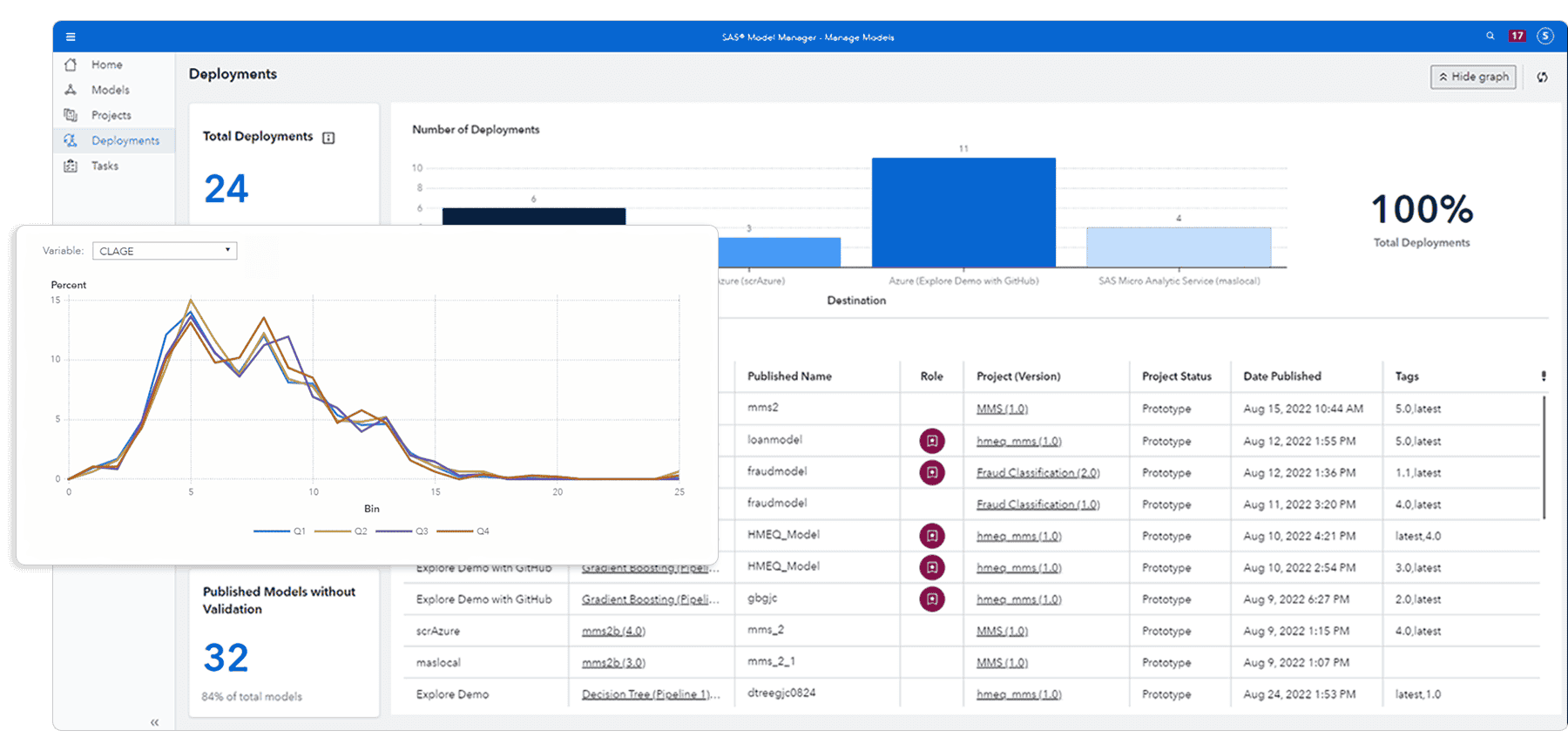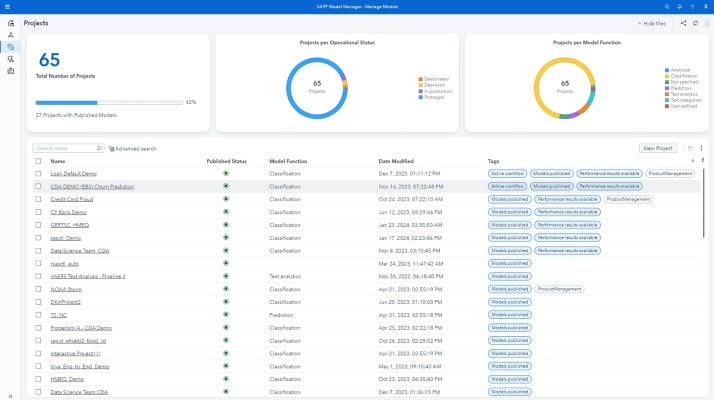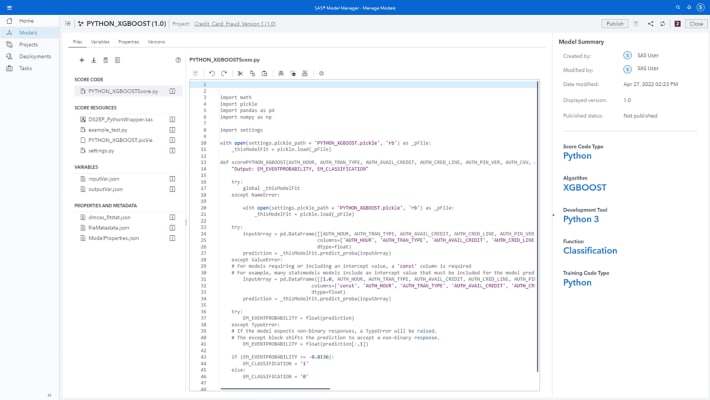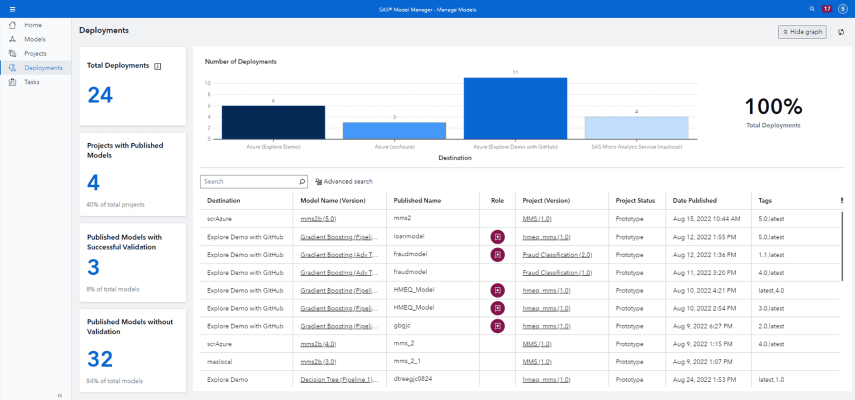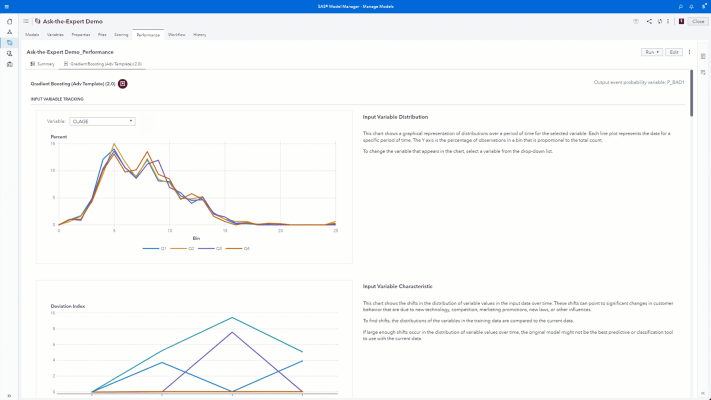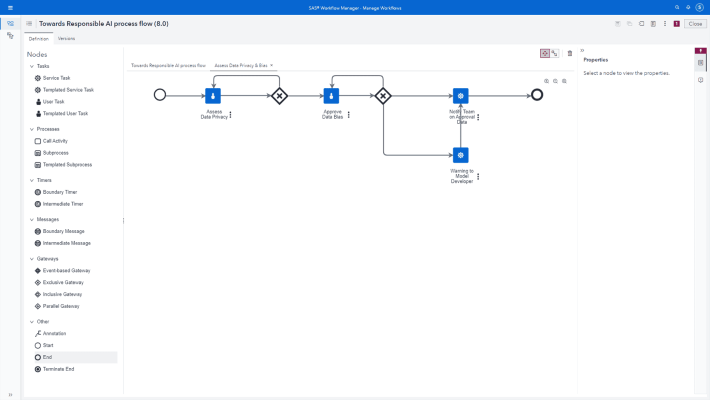SAS Model Manager
Connect data scientists, MLOps engineers and stakeholders. Seamlessly integrate with open source tools. SAS Model Manager accelerates your model deployment.

Explore how customers streamline their journey from sandbox to production with SAS Model Manager
Recommended resources for model management

